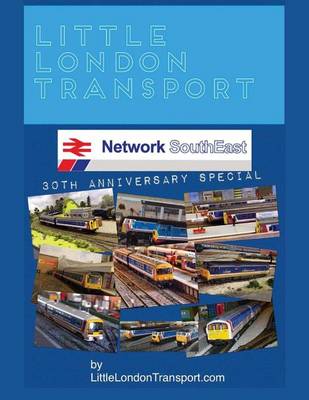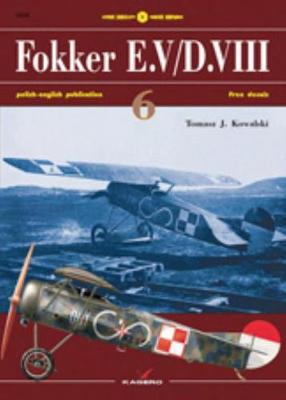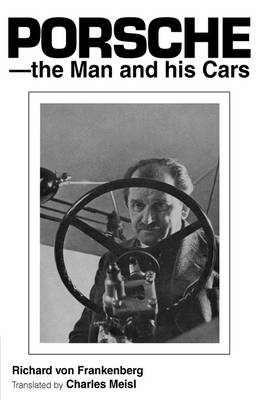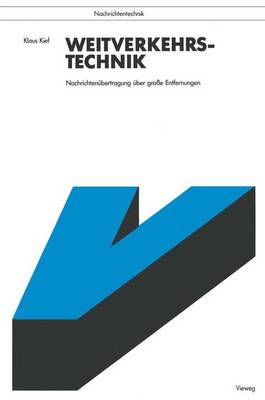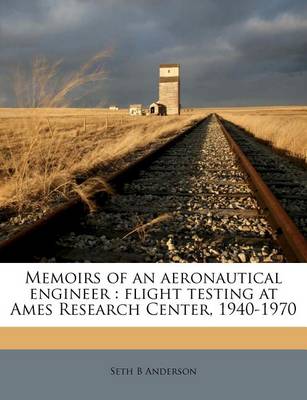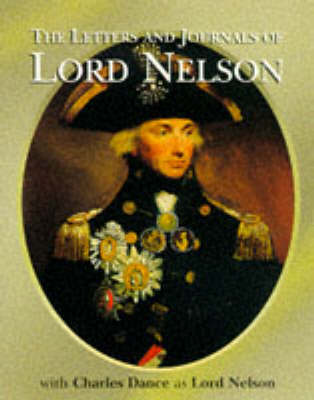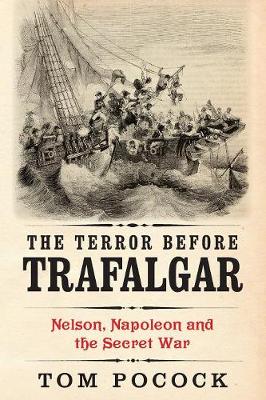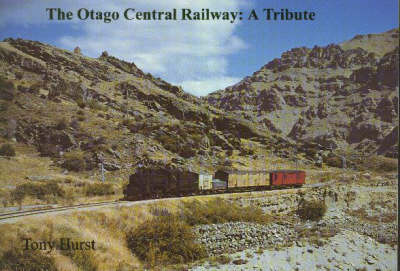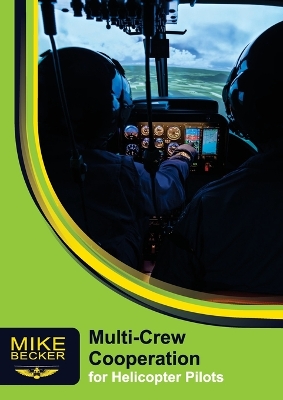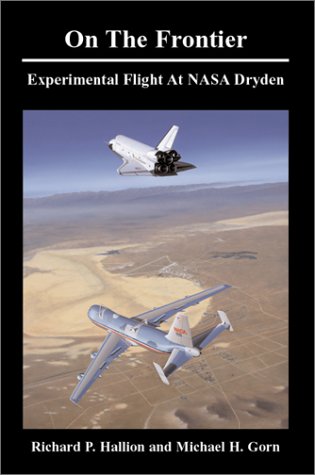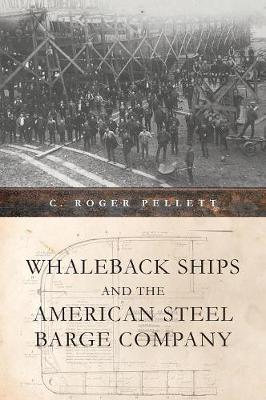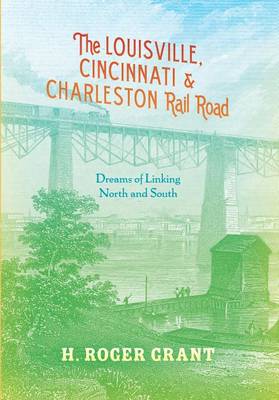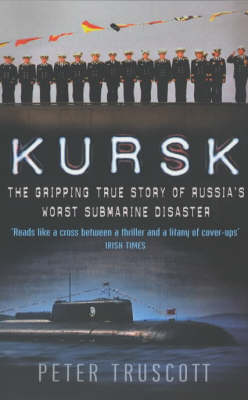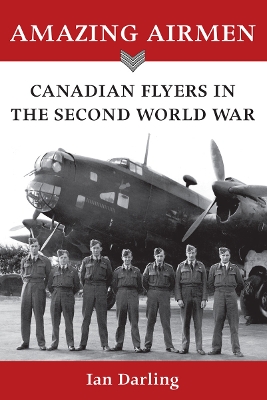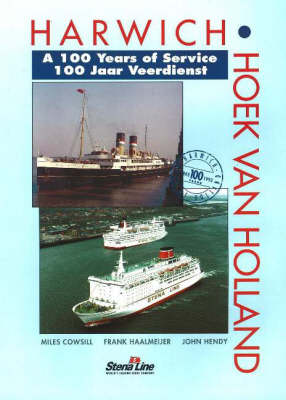Little London Transport (Little London Transport, #1)
by Little London Transport
The German Fokker E.V was a parasol-monoplane fighter aircraft, designed by Reinhold Platz. It entered into service with the Luftstreitkräfte in the last few months of World War I, yet after several fatal accidents due to wing failures, the E.V. was modified and re-designated as the Fokker D.VIII. Dubbed the Flying Razor by Allied pilots, the D.VIII had the distinction of scoring the last aerial victory of the war. This is a detailed, illustrated review of both aircraft, covering all modifica...
Porsche - The Man and His Cars
by Richard Von Frakenberg and Richard Von Frankenberg
Das vorliegende Buch ist aus einer 2-stiindigen Vorlesung mit dem TItel Weitver- kehrstechnik entstanden, die flir Studenten der Fachrichtung Elektrische Nach- richtentechnik im 6. Semester angeboten wird. Wichtige Aufgaben der Nach- richtentechnik sind die Ubertragung, Vermittlung und Verarbeitung von Nach- richten. Aus diesen drei Bereichen wurde bevorzugt die Ubertragungstechnik aus- gewahlt und in einzelnen voneinander fast unabhlingigen Kapiteln behandelt. Dieses Buch ist als eine Kurzdarst...
Memoirs of an Aeronautical Engineer (NASA History, #4526)
by Seth B Anderson
Despatches, Letters and Diary of Vice-Admiral Lord Viscount Horatio Nelson
by Viscount Horatio Nelson Nelson
Nelson's victory at Trafalgar on 21 October 1805 was a pivotal event in European history. But Trafalgar was not simply an isolated battle fought and won in an afternoon - the naval campaign had in fact begun more than four years before. This extraordinary period, following Napoleon's threat to invade England in 1801, came to be known as The Great Terror, and Britain was on the alert. As the Grande Armee faced a Dad's army of English volunteers across the Channel, a secret war of espionage and su...
Day Skipper
On the Construction of Horse Railways for Branch Lines
by Charles Burn
Whaleback Ships and the American Steel Barge Company (Great Lakes Books)
by C. Roger Pellett
From 1888 to 1898, the American Steel Barge Company built and operated a fleet of forty-four barges and steamships on the Great Lakes and in international trade. These new ships were considered revolutionary by some and nautical curiosities by others. Built from what was then a high tech material (steel) and powered by state-of-the-art steam machinery, their creation in the remote north was a sign of industrial accomplishment. In Whaleback Ships and the American Steel Barge Company, C. Roger Pe...
Describes different kinds of trucks and their parts; introduces both female and male truck drivers; gives advice on trucking careers; relates tales of heroism by "knights of the road;" discusses CB radio, driving incentives, and trucking hobbies.
Louisville, Cincinnati & Charleston Rail Road, The: Dreams of Linking North and South
by H. Roger Grant
In the worst peacetime disaster experienced by the Russian Navy, on 12 August 2000 the state-of-the-art nuclear-powered Kursk submarine sank with the loss of 118 officers and crew. The sinking was a humanitarian, environmental, and military catastrophe for Russia, and a powerful political reversal for President Putin But what really happened? Peter Truscott, former Foreign Affairs and Defence spokesperson in the European Parliament and Vice-President of the Security Committee, aims to provide th...
Canadian and British airmen engaged in fierce and deadly battles in the skies over Europe during the Second World War. Those who survived often had to overcome incredible obstacles to do so - dodging bullets and German troops, escaping from burning planes and enduring forced marches if they became prisoners. In one story, a tail gunner from Montreal survived despite being unconscious when blown out of his bomber. Another story describes how the crew of a navigator from Ottawa used chewing gum to...
Harwich-Hoek Van Holland
by Miles Cowsill, Frank Haalmeijer, and John Hendy
